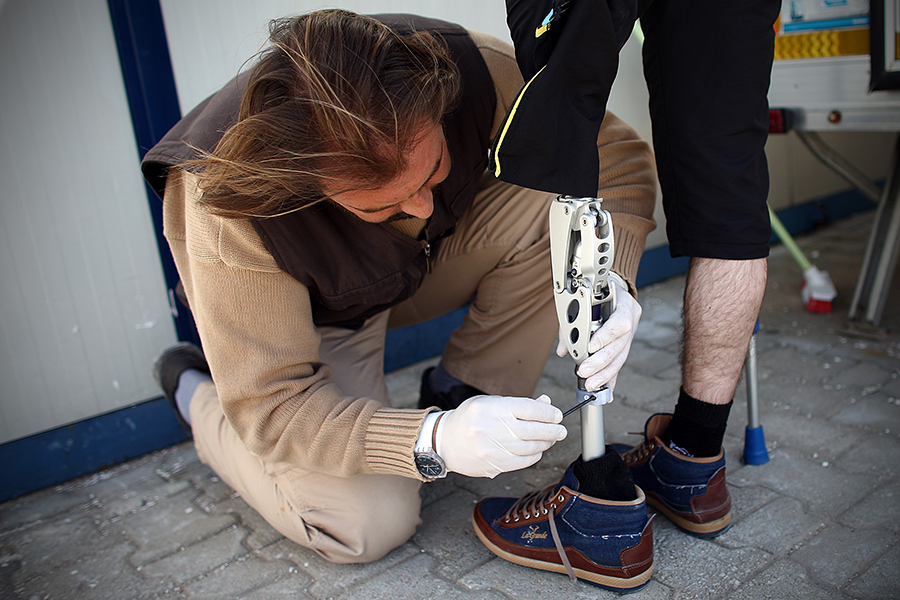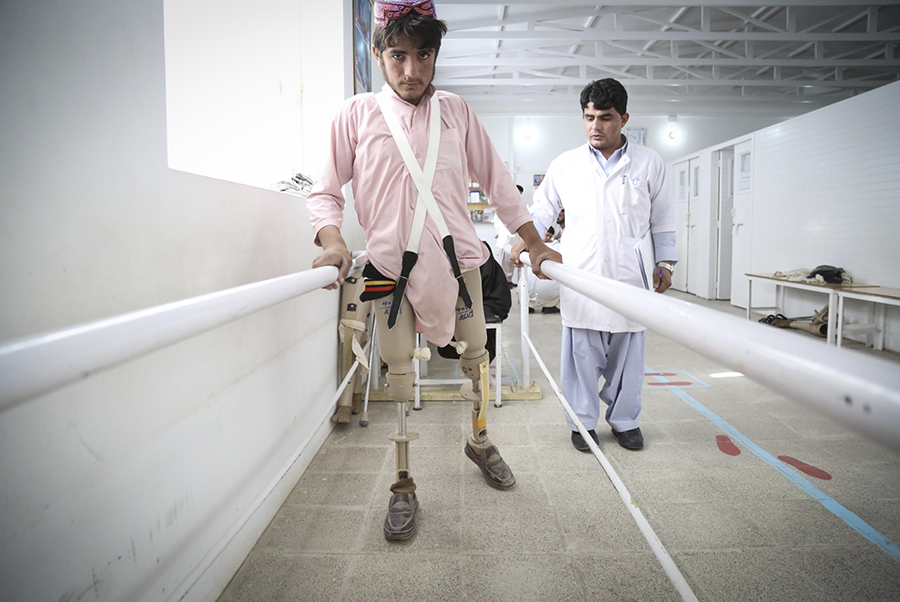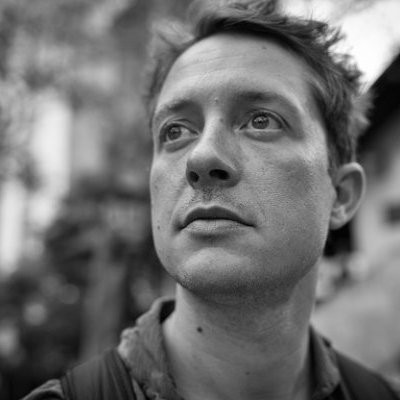The International Committee of the Red Cross (ICRC) created the world’s first humanitarian impact bond in 2017 to help transform how vital services for people with disabilities are financed in conflict-hit countries. Now, at the end of its five-year initial run, this innovative approach has delivered on its promise.
Over 3,000 people with disabilities have benefited from physical rehabilitation services in the Democratic Republic of Congo (DRC), Mali, and Nigeria, thanks to the first humanitarian impact bond, which has proven to be an efficient tool to raise project-driven funding at a time of growing global needs.
The initial capital raised — $27 million — was used to build and run three new physical rehabilitation centers in Africa (Nigeria, Mali, and the Democratic Republic of Congo) and provided services to thousands of people. The payment-by-results program also included training for new staff and the testing and implementation of new efficiencies.
The innovative funding mechanism was created to encourage private sector social investment and support the ICRC’s health programs. The rising number of global conflicts and a growing ICRC annual budget were the driving forces for this innovative funding model.
When confronted with their funding problem, ICRC could have looked at what others had done before or chosen to create something new. The decision to innovate has created a funding model that could offer solutions to social impact funding everywhere.
“Today’s humanitarian challenges are immense, causing suffering for many millions of men, women, and children around the world,” says Peter Maurer, ICRC president. “This funding instrument is a radical, innovative but at the same time, logical step for us. It’s an opportunity not only to modernize the existing model for humanitarian action but to test a new economic model, designed to better support people in need.”

The humanitarian impact bond is legally known as the Program for Humanitarian Impact Investment. It’s not strictly a bond but a private placement. The initial payments by social investors New Re, part of Munich Re Group, and others identified by co-sponsor Bank Lombard Odier, enabled the ICRC to run the activities at each rehabilitation center and expand the ICRC’s Physical Rehabilitation Program.
With the completion of the program’s fifth year, “outcome funders” — the governments of Belgium, Switzerland, Italy, the UK, and the la Caixa Foundation — will pay the ICRC according to the results achieved. These funds will be used to pay back the social investors partially, in full, or with an additional return, depending on how well the ICRC performed in terms of the efficiency of the new centers.
Independent auditors will now verify the ICRC’s reported efficiency in the three new centers based on how many people received mobility devices as compared to existing centers that did not form part of the program. If above the benchmark, the social investor will receive its initial investment plus an annual return. If the performance of the new centers is below the benchmark, it will lose a certain amount of the initial investment.
Of the 90 million people with physical disabilities who need a mobility device worldwide, only 10%, on average, have access to adequate physical rehabilitation services, leading to both social and economic exclusion.
An estimated 29 million people — about 14 per 100 of the population — live with a disability in Nigeria, and physical rehabilitation services are not available for many of them. In the North-East of the country, conflict and violence have left many without access to essential health care services, forcing people to travel 600 miles to reach a facility with adequate care.
The ICRC is the world’s largest provider of physical rehabilitation services in developing and fragile countries. In 2016, the Physical Rehabilitation Program operated 139 projects in 34 countries, helping almost 330,000 people with physiotherapy and mobility devices, including wheelchairs, artificial limbs, and braces.
The center has already had an immense impact on patients like Bintu Umar, whose leg was amputated in 2009 after an attack on her village. “When I didn’t have the prosthetic leg, some activities were challenging for me. But thanks to the leg, I can assist my parents. I also do household chores now.”




































